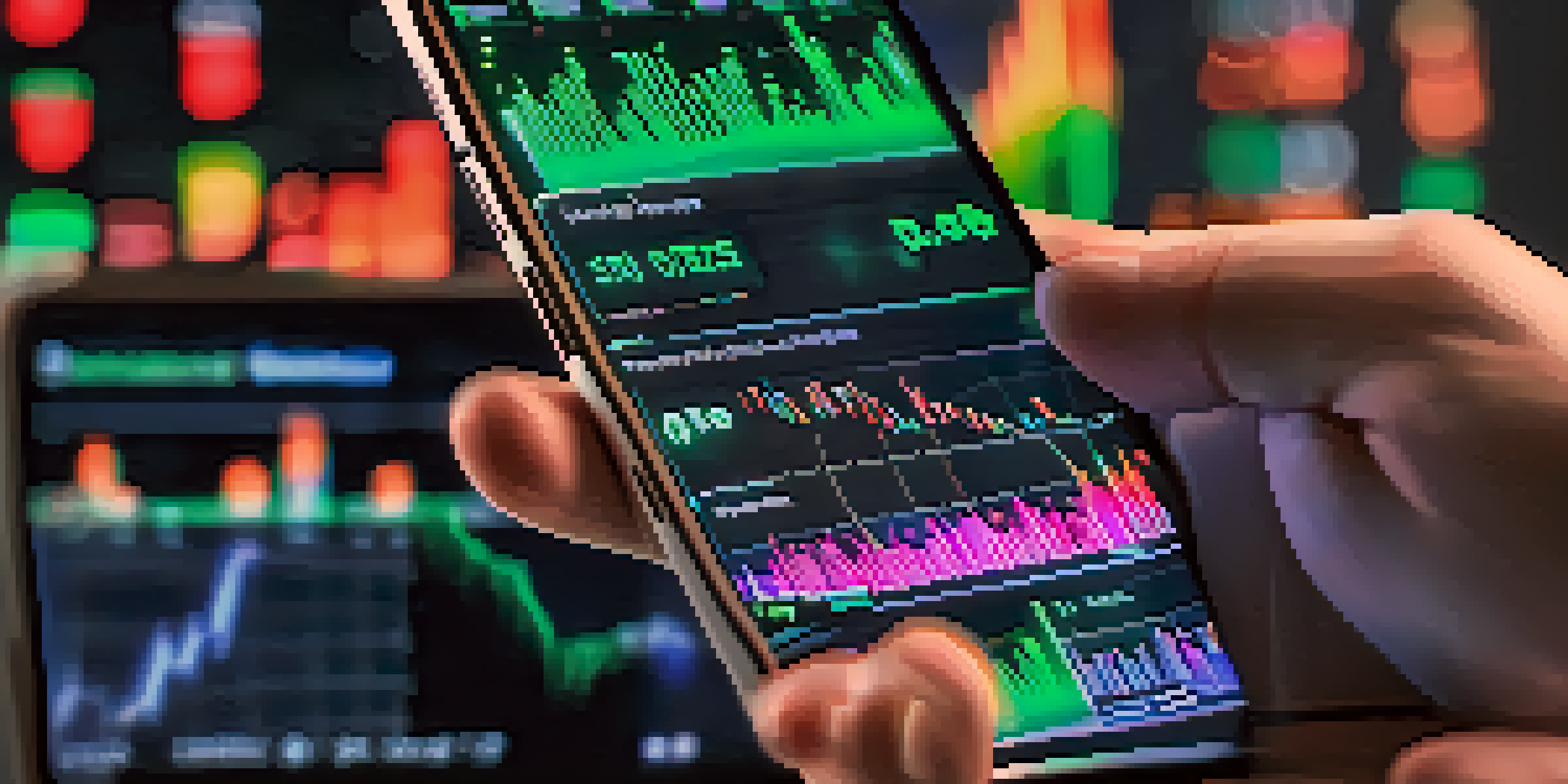Behavioral Biases in Cryptocurrency Trading: A Market Overview

Introduction to Behavioral Biases in Trading
Behavioral biases are psychological tendencies that can affect decision-making. In the world of cryptocurrency trading, these biases can lead to irrational choices that diverge from logical analysis. Understanding these biases is essential for traders aiming to navigate the volatile crypto market effectively.
The Impact of Overconfidence on Trading
Overconfidence is a common bias where traders believe they can predict market movements better than they actually can. This inflated self-assurance often leads to excessive trading and high-risk decisions. For instance, a trader might ignore warning signs of a market downturn, convinced that their previous successes will continue.
Behavioral Biases Impact Trading
Psychological tendencies can lead traders to make irrational decisions that stray from logical analysis.
Herd Behavior: Following the Crowd
Herd behavior occurs when individuals mimic the actions of a larger group, often ignoring their own analysis. In cryptocurrency, this can manifest as buying into a coin simply because others are doing so, regardless of its fundamentals. This behavior can lead to rapid price increases followed by steep declines, creating a boom-and-bust cycle.
Loss Aversion: Fear of Losing More Than Gaining
Loss aversion is the tendency to prefer avoiding losses over acquiring equivalent gains. In the crypto market, this bias can cause traders to hold onto losing positions longer, hoping to recoup losses rather than cutting their losses early. This can significantly impact a trader's overall portfolio performance.
Overconfidence Leads to Risks
Traders often overestimate their predictive abilities, resulting in excessive trading and overlooking market warnings.
Anchoring: The Influence of Initial Information
Anchoring occurs when traders rely too heavily on the first piece of information they encounter, such as a coin's initial price. This can lead to poor decision-making if traders refuse to adjust their expectations based on new data. For example, a trader might hesitate to sell a coin that has dropped significantly from its peak price, hoping it will rebound to its original value.
Confirmation Bias: Seeking Validation
Confirmation bias is the tendency to search for or interpret information in a way that confirms one’s pre-existing beliefs. In cryptocurrency trading, this can manifest when traders only look for news that supports their investment choices while ignoring contradictory information. This selective attention can result in a skewed understanding of market dynamics.
Strategies to Combat Biases
Implementing clear goals and utilizing tools like stop-loss orders can help traders manage emotional decision-making.
Emotional Trading: The Rollercoaster Effect
Emotional trading refers to decision-making driven by feelings rather than rational analysis. Traders might impulsively buy or sell based on fear, excitement, or anxiety, leading to erratic trading patterns. This emotional rollercoaster can be particularly pronounced in the highly volatile cryptocurrency market, where prices can swing dramatically in short periods.
Strategies to Mitigate Behavioral Biases
To counteract these biases, traders can implement strategies such as setting clear goals and sticking to a trading plan. Utilizing tools like stop-loss orders can help manage emotions by automating decisions based on predetermined criteria. Additionally, regularly reviewing trading decisions and outcomes can foster a more disciplined and reflective trading approach.